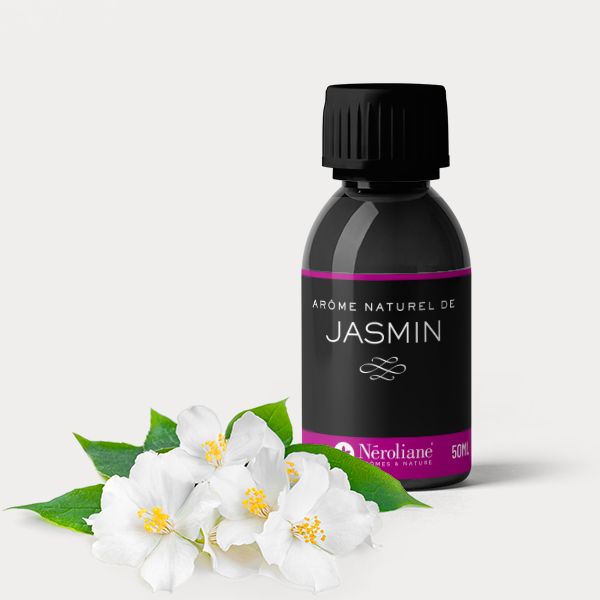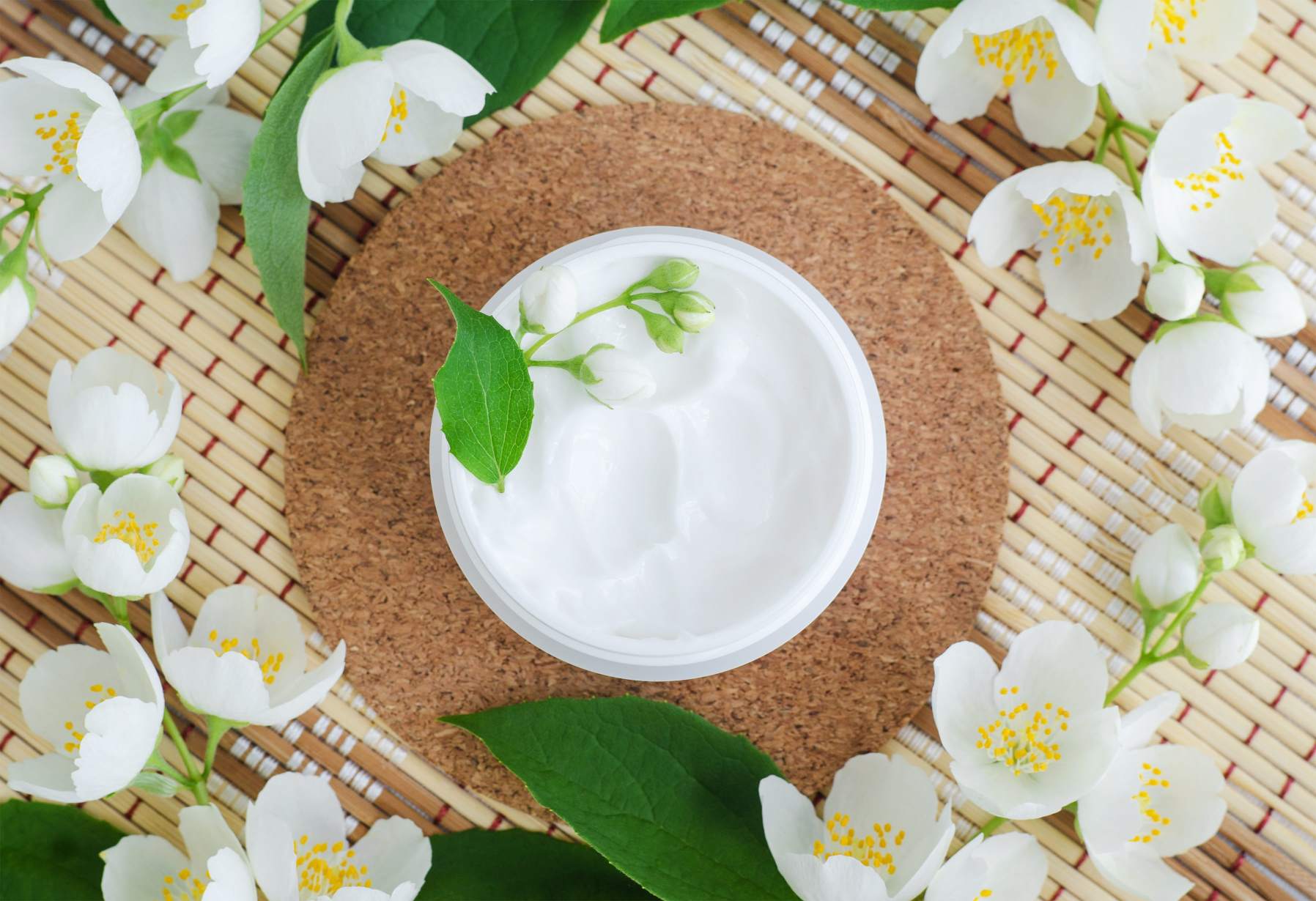The flavour of jasmine is delicately floral, sweet and enchanting. It adds subtle, exotic notes, reminiscent of the freshness of flowers, with a slight touch of sweetness that balances out its aromatic finesse.
Using natural Jasmine flavour in pastries
Jasmine-scented pastries offer a subtle floral touch that's perfect for classic, refined desserts. For example, jasmine macaroons combine the crunchy, melt-in-the-mouth texture of this famous french cake with a delicate fragrance. Jasmine crème brûlée revisits this creamy dessert by adding an elegant floral note.
In Italy, panna cotta and the famous watermelon jelly dessert with jasmine add lightness and floral freshness to these desserts, while Sicilian cannoli, filled with a jasmine-scented cream, combine crunchiness and sweetness. in spain, bizcochos (sponge cakes) are often enhanced with flavours such as jasmine, which balances the cake's soft texture with a delicate floral touch. Finally, jasmine-scented fruit tarts, whether pear, peach or citrus, add an extra touch of elegance thanks to this subtle aromatic flavour.
Use of Jasmine flavouring in confectionery
Edible jasmine flavouring adds a touch of sophistication to confectionery by enriching the textures and flavours of traditional and modern sweets. Imagine nougats delicately flavoured with jasmine, offering a perfect balance between crunchiness and floral sweetness, or chocolate truffles where jasmine enhances the richness of cocoa with an exotic touch. This flavour is also used in fruity gummies and sugar-free sweets, while maintaining a unique taste experience. In Italy, fruit pastes and amaretti can be reinvented with this floral note, while in Spain, traditional turrones gain in originality with a hint of jasmine. Thanks to its subtlety, the jasmine flavour brings classic confectionery up to date while winning over sweet tooths across Europe. It can also be used in vegan and sugar-free confectionery, such as dried fruit energy bars and fruity gummies. Its subtle, exotic floral flavour means you can reinvent classics with a light, elegant touch, while meeting today's expectations for natural confectionery.
Using Jasmine flavour in ice creams and sorbets
Jasmine flavour is perfect for enriching ice creams and sorbets with a unique floral sweetness. It goes particularly well with lactose-free or vegan ice cream recipes based on almond or coconut milk. Combined with fruits such as peach or pear, it adds a delicate, aromatic touch, creating refined and surprising frozen desserts. Its well-balanced composition ensures that the jasmine flavour is perfectly diffused in all frozen preparations.
Using Jasmine food flavouring in cooking
In cooking, this flavouring can enhance both sweet and savoury dishes. It adds a delicate floral note to sauces for poultry, fish or vegetarian dishes. In vegan recipes, it enriches dishes such as quinoa salads or grilled vegetables, adding a sweet, fragrant aromatic touch. It can also be used to flavour vinaigrettes or creamy sauces, where its floral flavour blends with ingredients such as ginger or lemongrass to create refined, harmonious contrasts.
Using Jasmine flavouring in drinks: teas, cocktails and beers
Food grade Jasmine flavouring is an essential ingredient for light, floral drinks. It can be used to flavour iced teas, homemade lemonades or soft drinks. In mixology, it finds its place in sophisticated cocktails, where its balanced floral note enhances fresh, fruity ingredients. In craft beers, especially white and lagers, Jasmine aroma adds a subtle, floral touch of freshness, perfect for light, summery creations.
Possible combinations of Jasmine flavouring with other flavourings
Natural Jasmine blends perfectly with fruity flavours such as peach, apricot or pear to create delicate, well-balanced desserts. It also pairs well with sweet flavours like vanilla or honey to add an elegant floral touch to your creations. for more daring recipes, jasmine flavouring can be combined with spices such as ginger or cardamom, adding an exotic, sophisticated dimension to preparations.















